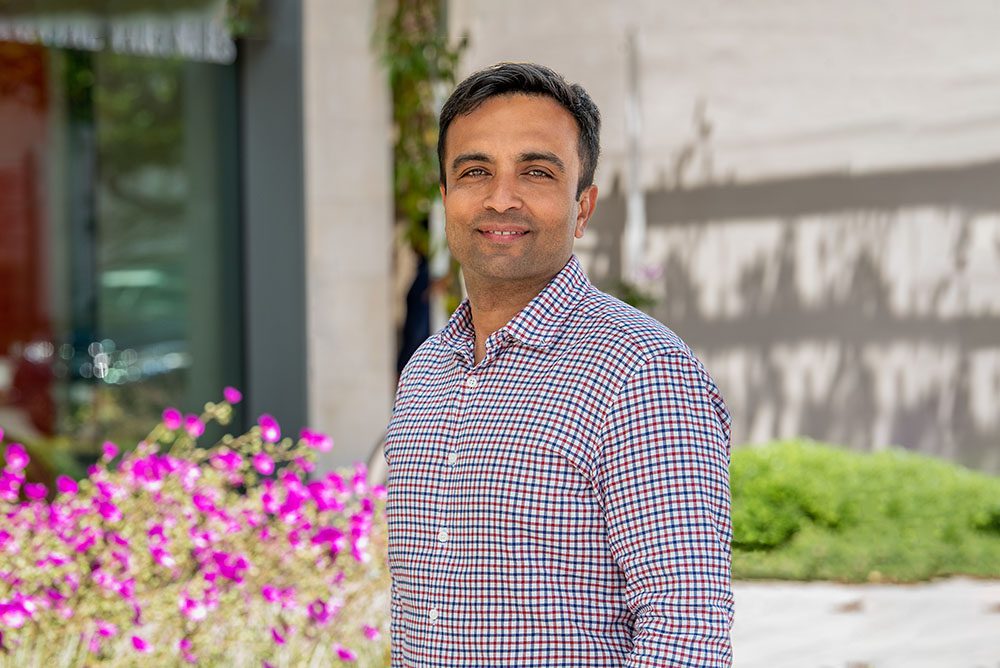
In this episode of AI Unveiled, Gaurav Kotak speaks with Tony Beltramelli, the Co-Founder and CEO of Uizard, a product design and ideation tool with over 2 million users.
Tony believes great design is increasingly important to build successful products and that there aren’t enough designers to match that need. He wants to leverage AI so that product managers and non-designers can be an integral part of the UX and creative process.
Uizard got started in 2018, way before the gen AI frenzy. In this episode, we discuss why it took them a couple of years to launch the initial product and what gave them confidence they were on the right track. We then discuss the core capabilities of the product such as using computer vision to convert a screenshot into a fully editable design file, and how they constantly evolve their technology to take advantage of better foundational models.
We also discuss how Uizard tackles ‘AI tourism’ where a large number of users sign up based on the appeal of a next-gen solution but may churn quickly. For example, at least 50% of their roadmap is on non-AI capabilities to ensure they tackle the workflow end-to-end.
Finally, we discuss the importance of investing early in distribution and constantly running multiple experiments. Early on, they invested in content and SEO for the original idea of using AI to turn ideation into design. Only years later, when OpenAI launched ChatGPT, did people search for these possibilities. Luckily, they already ranked highly and their traffic shot up.
Tony is extremely articulate both about his vision of AI-powered design and tangible advice in company-building for AI-first startups. Hope you enjoy this episode.
Timestamps:
* 4:51 – From alpha to beta: building your initial minimal viable AI
* 9:26 – The future of product design
* 17:30 – Uizard’s cutting-edge AI capabilities
* 25:56 – Ensuring you have a winning product before launch
* 33:25 – Converting AI tourists
Highlighted Excerpts:
GAURAV: You said from alpha to beta, it took quite some time to give you the conviction that you were going in the right direction. What type of feedback loops did you build pre-getting enough users to start using the product to make sure that at least directionally your company was on the right path?
TONY: One thing is building a minimal viable product. But in our case, we needed to build a minimum viable AI. It was hard for us to define before getting usage to know what minimal viable was for our core AI models. Ultimately, it was all about seeing how people were using it—collecting their feedback.
And it’s not just something you could measure. You also had to get their emotional reaction and qualitative reactions to the AI models. That’s also part of the reason why it just took a while to be able to build the right methods to get the conviction that the AI models were good enough to drive value, and ultimately solve people’s problems.
TONY: The launch of ChatGPT has been really an amazing tailwind for us. So thank you OpenAI for launching this. The way it really helped us is in market education. And although we’ve been around for a while and we’ve been advocating for AI-powered design—it takes a while to educate a market.
And anyone would tell you that if your startup requires educating the market, this is not going to be a success because it’s really hard to do. And so, because we’ve had bets on this AI-first design language for a while, we really started to rank on content and SEO on these key terms.
And so when OpenAI launched ChatGPT, all of a sudden people started to Google a solution for which we already had a product ready to use. So an amazing tailwind. We could capture this demand and serve people right away.
GAURAV: Any big learnings that you want to share on what it takes to build a company that has a thousand percent revenue growth and 2. 2 million users in a space influenced by AI?
TONY: Key learnings for me as a technical founder is that first of all, we waited way too long to charge customers. Introducing pricing is just such an amazing way to actually retain people who really care and ultimately help you shape the product much more efficiently than just listening to everyone.
The second is speaking to customers. If you are a technical founder like me, you probably just want to be coding all day, building products all day, and not speaking with customers. Well, it turns out that’s not how you can build a company. And so speaking with customers is something we’ve also in retrospect, waited way too long to do.
Investing in distribution as well. If you are a naive first-time founder like I was a few years ago, you think like “Oh, we’re gonna build a cool product and people will come.” Well, it turns out that’s not how the world works either. You probably need to think about distribution at the same time as you think about building the core product. And if you do this in parallel, you’re gonna learn faster because you’re gonna have more people to test your product. Ultimately, you also set up yourself for long-term success because you already started building this flywheel of distribution and user acquisition.



